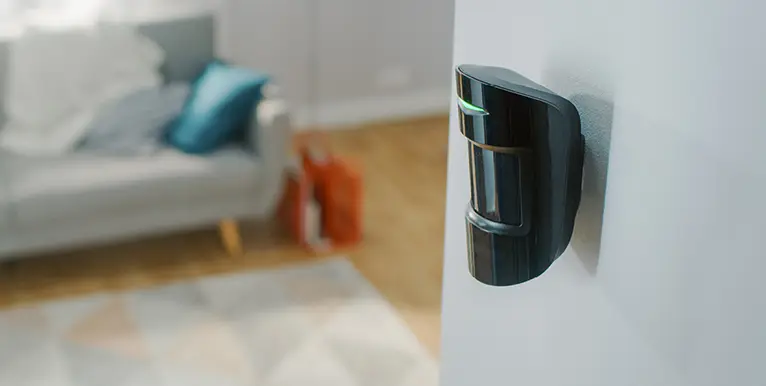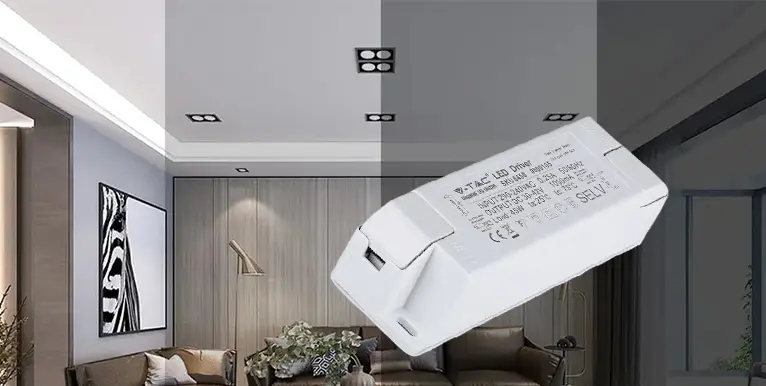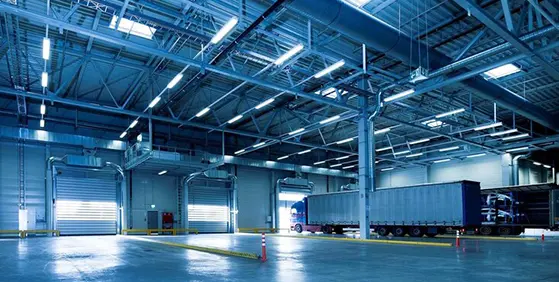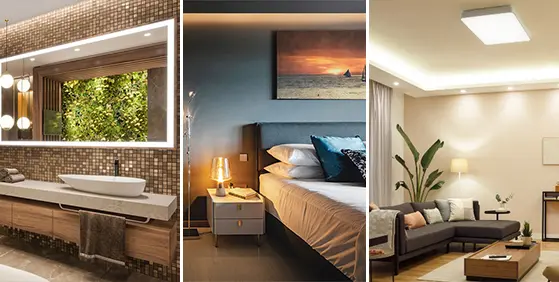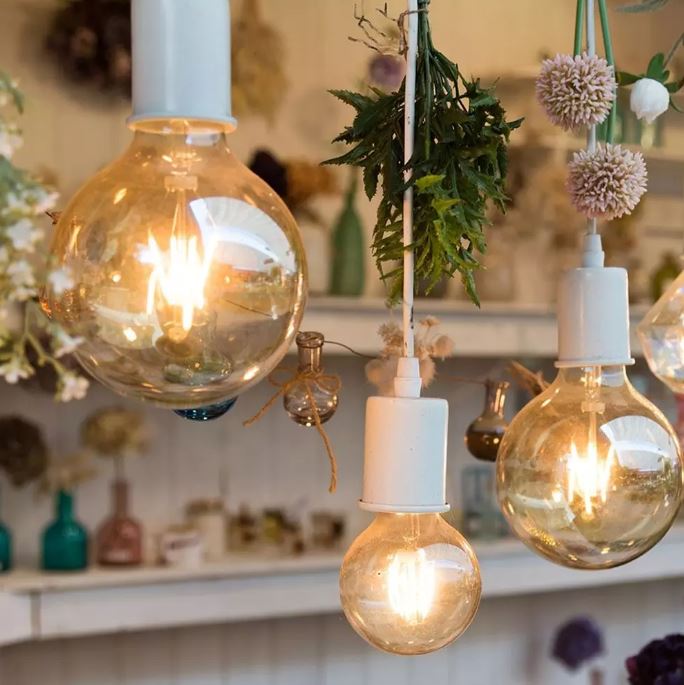Guide to Replacing Incandescent Light Bulbs with LED
Why should you upgrade from halogens to LEDs?
“Change is inevitable,” said Benjamin Disraeli, at a time when our homes were lit by gaslight. Since then, lighting has changed to become safer, more convenient, more efficient and cheaper – and the move from halogen lighting to LEDs in your home is just the latest in a long line of updates. We believe that change is good, and this change is easy to make – it will save you money too!
LED lighting uses up to 80% less energy than halogens and can last 15 to 20 years versus a halogen bulb’s two-year lifespan. Add to that the good you’re doing the planet by replacing inefficient and outdated products that can include toxic materials that are difficult to recycle. It’s time to embrace the change and save money – and our guide here will help you to do that.



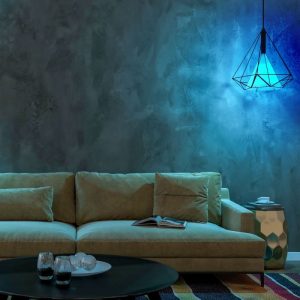
LED replacement guide for halogen light bulbs
So, how do I switch to LED light bulbs?
Start by checking the fittings on any halogen or other bulb types you want to replace. LED lights are now available in all fitting types, so check if you’re replacing a bayonet, screw thread, GU10, GU5.3, G4 or one of the less common fittings and make sure your LED replacement matches. If you have statement lamps or pendants with retro-style bulbs that are a part of the look, you don’t have to sacrifice the vintage feel as LED bulbs even come in retro filament designs. These days there really is no bulb you can’t replace with an LED.
The brightness of halogen bulbs was measured in Watts but because LEDs have such low wattage, Lumens is the preferred measurement. Check out our chart below for a full comparison table between LEDs and other bulb types.
The “colour temperature” of halogen bulbs was often described as warm, soft, cold, daylight, or other subjective terms. The colour range from warm yellow to colder blues of LED lighting is measured in Kelvin (K), making it easier to match the colour of your lighting throughout your home.


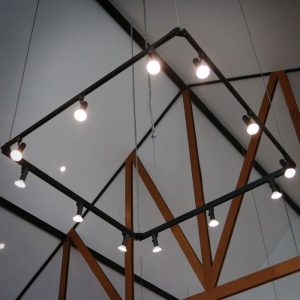

LEDs are typically available from 1,000K in a warm yellow to 10,000K in a cold blue/white light. Halogen bulbs were generally around 3,200K with incandescent bulbs around 2,800K and fluorescent tubes at about 4,500K.
Here’s our full conversion chart to help you match new LED lighting with the older bulb types you want to replace throughout your home including halogens, compact fluorescents (CFLs) and incandescent lighting.
| Bulb Type | 200 – 300 lumens | 300 – 500 lumens | 500 – 700 lumens | 700 – 1000 lumens | 1000 – 1250 lumens | 1250 – 2000 lumens |
|---|---|---|---|---|---|---|
| Incandescent | 25 – 30 watts | 40 watts | 60 watts | 75 watts | 120 watts | 150 – 250 watts |
| Halogen | 18 – 25 watts | 35 watts | 50 watts | 65 watts | 100 watts | 125 watts |
| CFL | 5-6 watts | 8 watts | 11 watts | 15 watts | 20 watts | 20 – 33 watts |
| LED | 2 – 4 watts | 3 – 5 watts | 5 – 7 watts | 8 – 10 watts | 10 – 13 watts | 13 – 20 watts |
The benefits of switching from halogen to LED
Beyond the obvious savings in energy costs and efficiency, LEDs have two more advantages over older bulb types including halogens: colour and safety.
- LED lighting adds colour to the interior designer’s palette in ways previous lighting solutions couldn’t. LEDs not only come in different temperatures, but you can also get completely different colours and LEDs whose colour can be changed at the touch of a button or even from your phone. Rooms can now be brighter, warmer, cooler, more relaxing or more enlivened with the flexibility that coloured LEDs bring to the design.
- LEDs come in far more robust enclosures than older bulb types, including halogens. In fact, it’s hard to think of anything more breakable than a thin glass bulb, and anyone who’s dropped one while changing a bulb can attest to that. But that’s not going to happen with an LED, and let’s face it, with a 15 to 20-year lifespan, it’s not you that’s going to be changing it – it’s your kids.




FAQs
Can I mix halogen and LED bulbs in one fixture?
It’s quite common to upgrade single-bulb fixtures from halogen to LED across your home as the old bulb in each fixture dies. You can mix halogen with LEDs in the same fixture if all the bulbs are of the same voltage, but why would you?
Mixing bulb types can cause the LEDs to flicker and exact matching of the colour temperature may be problematic. If the bulbs are close together then safety may also be an issue. LEDs emit very little heat so their enclosures are made of plastic. Halogens emit a lot of heat (hence their inefficiency) so could melt parts of an LED if placed in close proximity.
With the energy savings to be made by swapping out halogens with LEDs, it makes more sense to upgrade the entire multi-bulb fixture at one time.
How much money can I save by switching to LED?
According to the Energy Saving Trust, you can save between £1 and £4 per year for every halogen bulb in your home that you switch to an LED. They calculate that “if the average household replaced all bulbs with LEDs, it would cost around £145 and save around £40 a year on bills”. And this is based on 2021 figures before the price of energy jumped in 2022.
The new production of halogen bulbs was banned in 2016 and their sale was prohibited from 2019. halogens are an energy-wasting drain on the earth’s valuable resources that we all now understand we need to conserve. The sooner we replace these dinosaurs of the past with their modern successor, the LED, the better.



